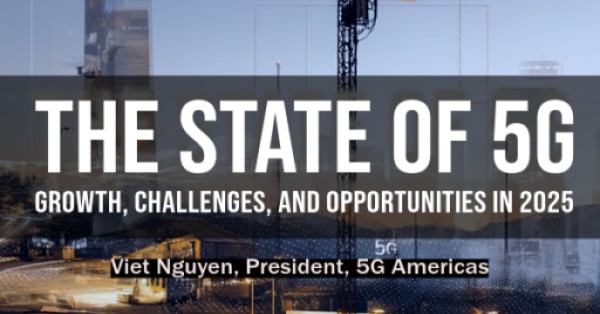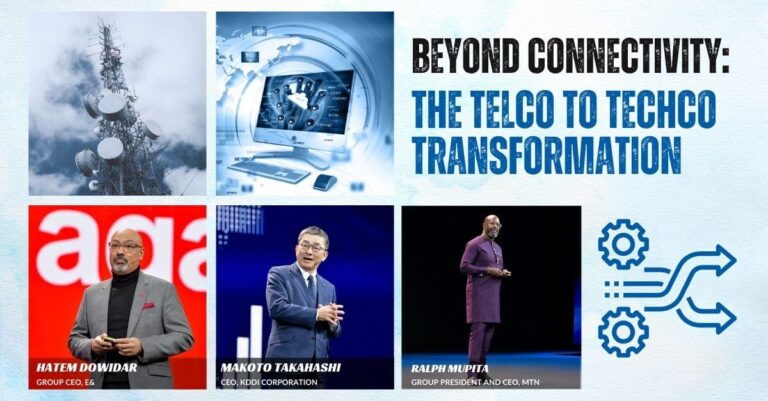Next-Generation LEO Satellite Network is Key for Enabling Navy Innovation
- Unique global data constellation using satellite-to-satellite laser links
- Ultra-secure and extremely low latency network
- Combining the speed of fiber with the reach of satellite
- Gateway-less architecture ensures security by design
The United States Navy has put Rivada under contract to develop and deliver Virtual Network Operator capabilities over Rivada’s Outernet constellation.
The Rivada Outernet is a next-generation low-Earth orbit satellite constellation. When fully deployed it will provide gigabit speeds to any point on the globe, without needing to touch the public internet or any third-party infrastructure. Rivada has designed its Outernet to serve the most demanding enterprise and government customers—those who need highly secure, high-bandwidth connectivity in even the most far-flung locations.
Consistent and highly secure, global connectivity for Navy vessels remains a challenge for both ship-to-shore and ship-to-ship communications. Under the first phase of its contract with the U.S. Navy, Rivada will engage in joint engineering cooperation with the Navy to delineate a Virtual Network architecture specifically designed to meet the Navy’s needs on the Rivada Outernet.
A global low-latency point-to-point connectivity network of 600 low earth orbit (LEO) satellites, Rivada’s Outernet is a unique next-generation architecture combining inter-satellite laser links with advanced onboard processing that provide unique routing and switching capabilities to create an optical mesh network in space. This approach to “orbital networking,” in which data stays in space from origin to destination, creates an ultra-secure satellite network with pole-to-pole coverage, offering end-to-end latencies much lower than terrestrial fiber over similar long distances. By routing traffic on a physically separated network, it provides a layer of defense for any organization that needs to securely share data between widely distributed sites.
Rivada’s Outernet is particularly well suited for the secure connectivity required by national governments and defense sectors. Leveraging the Outernet’s robust, resilient and secure space-based architecture, naval users can connect their assets on a global scale with low latency and without any third-party networks in the communication chain. Assets anywhere in the world can be connected back to home soil and between each other, platform-to-platform.
“The Rivada Outernet’s proliferated LEO architecture is resilient by design and built for exactly this type of use-case,” said Declan Ganley, CEO of Rivada Networks. “We are delighted that the U.S. Navy sees the value of what we are building and look forward to delivering an operational concept that meets its needs. Our Outernet is rapidly becoming the infrastructure of choice for secure data communications.”
Commander Nick Goddard, Director of Operations of U.S. Navy Cyber Command, said: “Rivada is building a uniquely capable LEO constellation focused on zero trust networking.” He added: “The combination of security, symmetrical uplink and downlink speeds and global coverage are unique, and we are excited to collaborate with Rivada on how the Navy can best take advantage of Rivada’s gateway-less architecture for innovation today and in the future. As the adversary evolves, we must continue to out-innovate, maneuver, and drive outcomes to support our global Navy Operational Ecosystem.”
About Rivada Space Networks
Rivada Space Networks GmbH is deploying the first true “Outernet”: a global, low-latency, point-to-point connectivity network of LEO satellites. By connecting its satellites with lasers, Rivada will provide resellers and B2B customers with the ability to securely connect any two points on the globe with low latency and high bandwidth. The constellations, comprising 600 low-earth-orbit communications satellites, will represent a fundamental change in the availability of secure, global, end-to-end enterprise-grade connectivity for Telecom, Enterprise, Maritime, Energy and Government Services markets. Rivada Space Networks is a wholly owned subsidiary of Rivada Networks, Inc. www.rivadaspace.com
Follow Rivada Space Networks on:
LinkedIn: https://www.linkedin.com/company/rivada-space/
Twitter: @rivadaspace
Media Contacts
Melanie Dickie, Chief Marketing & Communication Officer
Rivada Space Networks GmbH
Tel: +31 6 14 22 97 62
Email: mdickie@rivadaspace.com
Brian Carney, SVP Corporate Communications
Rivada Networks, Inc
Tel: +1 (207) 256-0386
Email: bcarney@rivada.com
SOURCE Rivada Space Networks: Read more at: https://www.prnewswire.com/news-releases/rivada-tapped-for-virtual-network-operator-contract-with-us-navy-302321500.html































